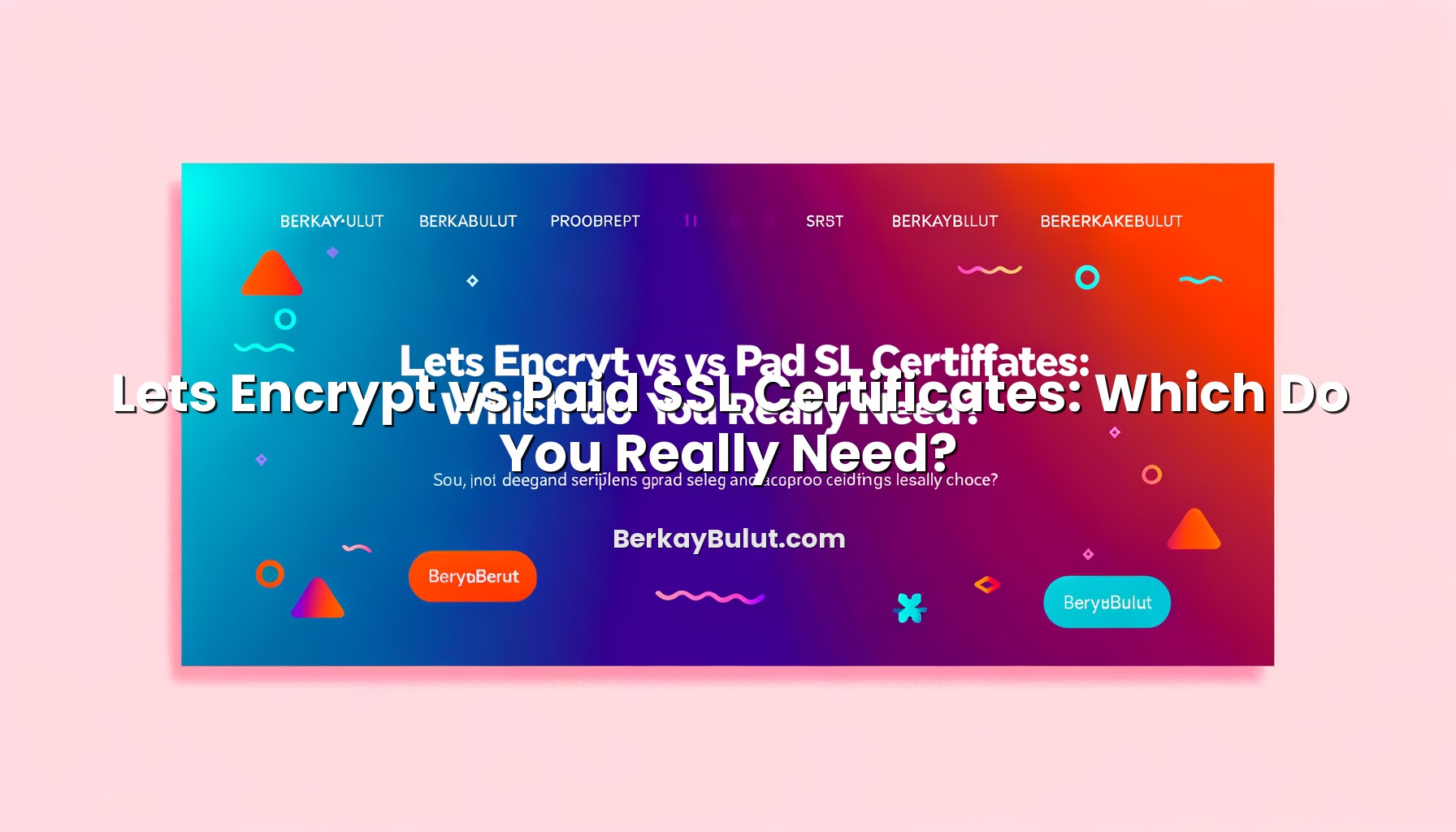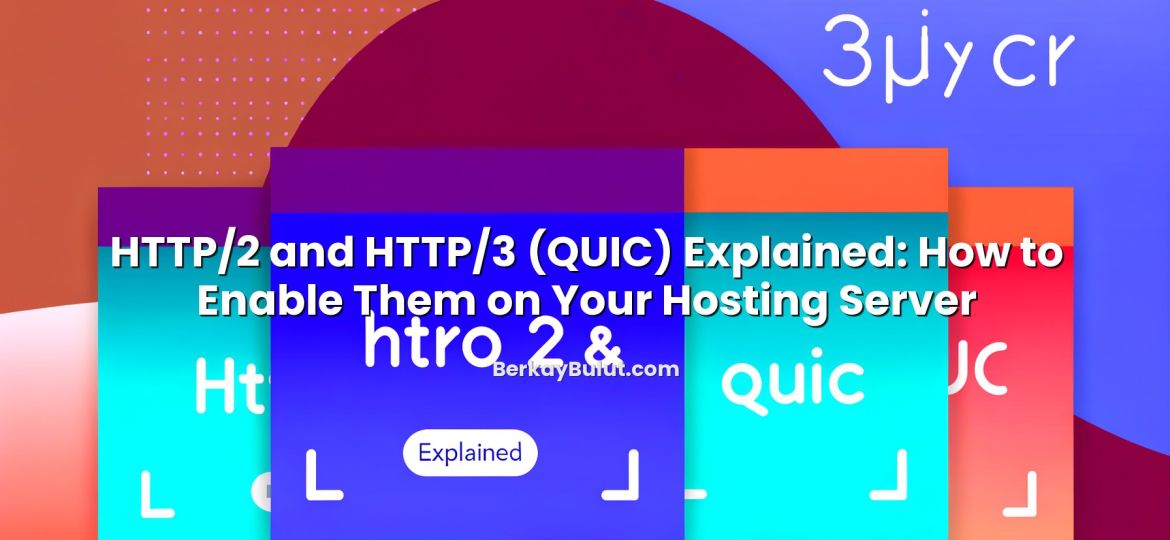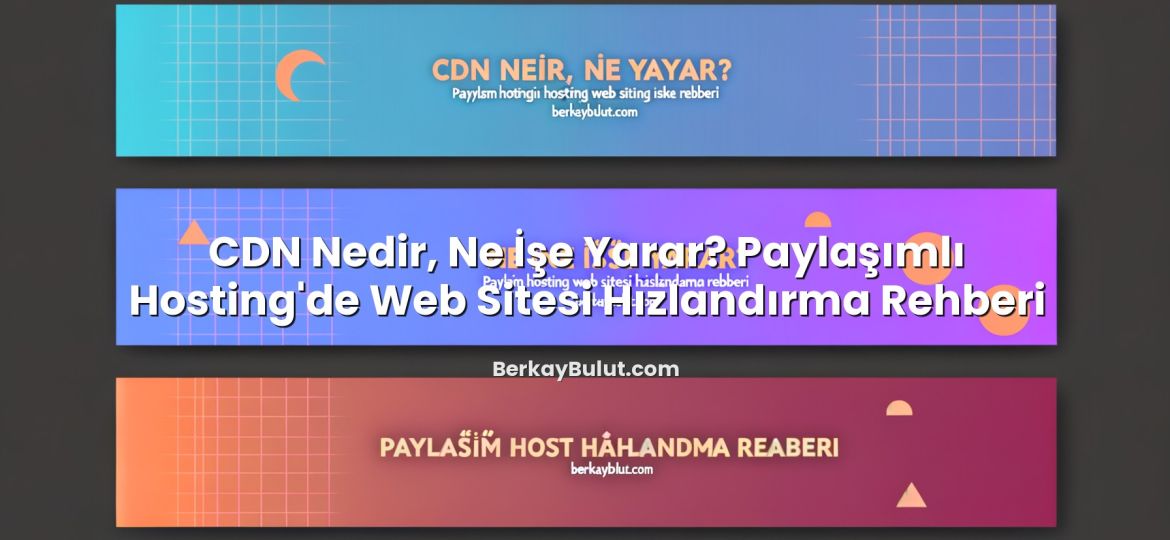In almost every hosting or architecture review I join, one of the first questions is whether a free Lets Encrypt certificate is enough or a paid SSL is required. Browsers warn loudly when a site is not using HTTPS, search engines use HTTPS as a ranking signal, and users have learned to associate the padlock with safety. The challenge is that SSL has turned into a marketing battlefield: some vendors claim that free certificates are insecure, while others say that paid options are a waste of money. In practice, the answer depends on your security needs, compliance requirements, and how you manage your infrastructure. In this article I will compare Lets Encrypt and paid SSL certificates from the perspective of security, trust, and SEO, based on real scenarios from small blogs, SaaS platforms, and high-traffic e-commerce projects I have worked on.
Why SSL Certificates Matter For Security, Trust and SEO
At the protocol level, HTTPS is simply HTTP running over an encrypted channel called TLS. The SSL certificate is the digital ID card that allows your server to prove its identity and establish that encrypted connection. Whether it is free or paid, the core job is the same: protect data in transit so that login details, payment information and session cookies cannot be read or modified by others on the network.
From a user perspective, HTTPS is now a minimum expectation. Modern browsers highlight insecure HTTP sites with warnings, which directly impacts conversions and trust. On the search side, Google has publicly confirmed that HTTPS is a ranking signal. When I look at analytics after a clean HTTP to HTTPS migration, I usually see a slight improvement in ranking stability and a bigger improvement in user behaviour metrics like bounce rate and session duration.
If you want to go deeper into certificate concepts such as DV, OV and EV, I recommend reading this detailed explanation of DV, OV and EV SSL certificates before deciding which route to take.
What Is Lets Encrypt?
Lets Encrypt is a free, automated and open certificate authority (CA). It issues domain validated (DV) SSL certificates that prove control of a domain but do not include company-level identity information. The key idea is automation: instead of sending emails and uploading files manually, your server uses a protocol called ACME to request, validate and renew certificates.
How Lets Encrypt Works in Practice
On a typical Linux server, you install a client such as Certbot or use built-in ACME support on your web server or control panel. The client proves domain control (for example by placing a temporary file on your site or creating a DNS record) and then automatically retrieves a certificate. Certificates are usually valid for 90 days, and the client renews them automatically via a cron job or systemd timer.
Many hosting providers, including platforms like DCHost, integrate Lets Encrypt into their control panels so that enabling HTTPS is as simple as clicking a button. For projects with many subdomains, DNS based validation allows wildcard certificates that cover patterns like *.example.com.
Strengths of Lets Encrypt
- Free of charge: Ideal for side projects, development environments, internal tools and startups watching every cost.
- Modern cryptography: Uses the same strong algorithms and key sizes that paid CAs use.
- Automation friendly: Perfect for environments with frequent deployments, containers or microservices where manual renewal would be painful.
- Fast provisioning: Certificates are usually issued within seconds once validation succeeds.
Limitations of Lets Encrypt
- DV only: It cannot issue OV (organization validated) or EV (extended validation) certificates that include verified company details.
- Short validity: 90 day lifetimes are great for security but require reliable automation. Misconfigured cron jobs can lead to unexpected expiry.
- No commercial warranty or support: You rely on documentation, community forums or your hosting provider for help.
What Are Paid SSL Certificates?
Paid SSL certificates are issued by commercial CAs and usually sold through hosting providers or domain registrars. Technically, they also speak TLS and protect data in transit the same way a Lets Encrypt certificate does. The main difference lies in the validation level, additional services and the support model around the certificate.
Types of Paid Certificates
Paid CAs can issue all three main certificate types:
- DV (Domain Validation): Similar trust level to Lets Encrypt, but often bundled with support.
- OV (Organization Validation): Includes verified business information in the certificate.
- EV (Extended Validation): Requires more rigorous checks on the legal entity, ownership and contact details.
Each type can come in variants such as wildcard (multiple subdomains) or multi domain (covering several different domains). If you want to compare these in detail, you can check my guide on what an SSL certificate is and how to choose between DV, OV and EV.
Extra Features You Get With Paid SSL
- Identity assurance: OV and EV certificates carry validated organization data, which can matter for banks, government portals and B2B platforms.
- Commercial support: Many CAs offer ticket based or phone support for validation, configuration and troubleshooting.
- Warranty: Some paid certificates include warranty coverage in very specific mis issuance scenarios. From a practical risk perspective, I rarely see this as a deciding factor, but it is part of the package.
- Brand recognition and site seals: Visual trust indicators on checkout pages can still influence user psychology, especially in markets where people are cautious about online payments.
Security Comparison: Lets Encrypt vs Paid SSL
From a pure encryption standpoint, a correctly configured Lets Encrypt DV certificate and a correctly configured paid DV or OV certificate can offer identical security. They can use the same key sizes, the same TLS versions and the same cipher suites. The browser padlock does not differentiate between free and paid; it only cares that the certificate is valid and the connection is encrypted.
Where the Real Security Differences Come From
- Identity verification: DV only proves control over a domain name. OV and EV also verify the organization behind the site. For most blogs and content sites this is overkill, but for financial or governmental services it can be a compliance requirement.
- Lifecycle management: Security incidents around SSL are more often caused by expired certificates or misconfiguration than by cryptographic weaknesses. In my experience, automation with Lets Encrypt actually reduces expiry risks compared to manual management of long lived paid certs.
- Revocation and response: Both free and paid CAs support revocation. The difference is that with a paid certificate you usually have a direct contact to escalate issues if you suspect key compromise.
If you are running your own VPS or dedicated server, the SSL certificate is only one part of the security picture. Hardening the OS, configuring firewalls and keeping software updated are equally critical. For a practical checklist, you can look at my article on how to secure your VPS server step by step.
Trust and Brand Perception
Modern browsers have simplified their interface: EV indicators are no longer as prominent as they once were. However, user trust is more than just the padlock. Brand perception, type of business and regional user habits all matter.
Real World Scenarios From the Field
1. Personal blogs and content sites: For a personal blog, portfolio or documentation site, I almost always recommend Lets Encrypt. The audience cares more about page speed and readability than about the CA brand. With proper HTTPS configuration and a clean design, trust is not an issue.
2. SaaS dashboards and internal tools: For B2B SaaS applications, DV is usually technically sufficient. What matters more is enforcing HTTPS everywhere, adding HSTS and implementing strong authentication. Many of these platforms run on Lets Encrypt without any trust problems. If an enterprise client requires OV or EV in their security checklist, you can switch to a paid option later.
3. E commerce and financial services: For high risk use cases like payment gateways or investment platforms, I still prefer OV or EV certificates. Not because the crypto is stronger, but because audits, compliance teams and procurement departments expect to see verified company details. A paid certificate can speed up security reviews and vendor onboarding.
SEO Impact: Free vs Paid SSL
There is a common myth that search engines prefer paid SSL certificates. In practice, search engines care that your site uses HTTPS correctly, not whether the certificate was free or paid. From all migrations I have handled, I have never seen a ranking difference that could be attributed to the CA brand.
What Actually Matters for SEO
- Site wide HTTPS: Every URL must redirect consistently to the HTTPS version. Mixed content (loading images or scripts over HTTP) hurts both security and SEO.
- Correct redirects: Use 301 redirects from HTTP to HTTPS and update internal links and canonical tags.
- Performance: Badly configured TLS can slow down page loads. On modern hardware this is rarely a problem, but using HTTP/2 and TLS session reuse helps.
- User behaviour: Visitors are more likely to stay and convert on a site they perceive as secure. Better engagement metrics indirectly support your SEO.
If you are planning a migration, I strongly recommend reading my SEO safe step by step SSL migration guide together with this HTTPS migration checklist. The process you follow has a much bigger effect on rankings than your choice between Lets Encrypt and a paid certificate.
When to Choose Lets Encrypt vs Paid SSL
After many audits and capacity planning sessions, I usually map projects into a few simple decision patterns. You can use the same logic for your own site.
When Lets Encrypt Is the Right Choice
- Personal blogs, portfolios, small business sites: Encryption requirements are straightforward, and users primarily look for the padlock, not the CA logo.
- Staging, test and development environments: You need HTTPS to mirror production, but paying for multiple certificates would be wasteful.
- APIs, microservices and internal systems: Automation is crucial here. Lets Encrypt works very well with orchestration tools and containers.
- Cost sensitive startups: In early stages, it is smarter to invest budget in product and performance while using Lets Encrypt for secure transport.
When a Paid SSL Is Worth It
- Regulated industries: Finance, healthcare, government and some enterprise clients may explicitly require OV or EV certificates in their security policies.
- High value brand protection: If your legal or marketing team wants maximum visible assurance, a paid certificate with organization validation can support that positioning.
- Complex multi domain setups: While you can cover many scenarios with Lets Encrypt, some organizations prefer a single commercially managed certificate for simplicity and central support.
- Need for dedicated support: If your team is small and you want a vendor that you can call during validation or incidents, the paid route can be practical.
In many infrastructures I manage, the solution is hybrid: Lets Encrypt for most services, and paid OV or EV certificates only where compliance or business reasons demand it.
Practical Best Practices for Any SSL Choice
Regardless of whether you go with Lets Encrypt or a paid SSL, a few operational practices make the biggest difference.
- Automate everything: Use ACME clients or hosting panel integrations to automate issuance and renewal. On platforms like DCHost, enable automatic HTTPS as part of your standard deployment checklist.
- Monitor expiry: Even with automation, set external monitoring for certificate expiry. A simple script or monitoring service can alert you before users see errors.
- Enforce HTTPS: Redirect all HTTP traffic to HTTPS, update application URLs and use HSTS where appropriate.
- Harden TLS configuration: Disable obsolete protocols, prefer strong ciphers and regularly review settings against current best practices.
- Combine with other security layers: Use strong authentication, secure cookies and rate limiting. For deeper security work, you can combine SSL deployment with the steps in my guide on securing your VPS server.
If you are managing a WordPress site, you might also find it helpful to review your overall optimization and SEO strategy. For example, enabling HTTPS is one of the first steps I take before applying the techniques in my article on improving WordPress SEO and moving your site up the rankings.
Summary: Making a Smart, Context Aware SSL Decision
Choosing between Lets Encrypt and a paid SSL certificate is less about encryption strength and more about your context. For most blogs, content sites, APIs and early stage products, Lets Encrypt provides all the technical security you need, with the bonus of automation and zero direct cost. For regulated sectors, large brands and organizations facing strict due diligence, paid OV or EV certificates add a layer of verified identity and commercial support that can simplify audits and build additional stakeholder confidence.
My recommendation is simple: start by mapping your real risks and requirements. Ask whether you have compliance rules demanding OV or EV, whether your team can maintain automation reliably, and how much value your brand places on visible identity assurance. If there is no strong reason to pay, use Lets Encrypt confidently and invest your budget in performance, content and overall security hardening. When your business reaches a stage where legal or enterprise clients demand more formal assurance, you can always migrate to a paid certificate without losing your SEO, especially if you follow an SEO safe HTTPS migration process. Making this decision deliberately, rather than emotionally or based on marketing claims, is one of the simplest ways to keep your infrastructure both secure and efficient.










